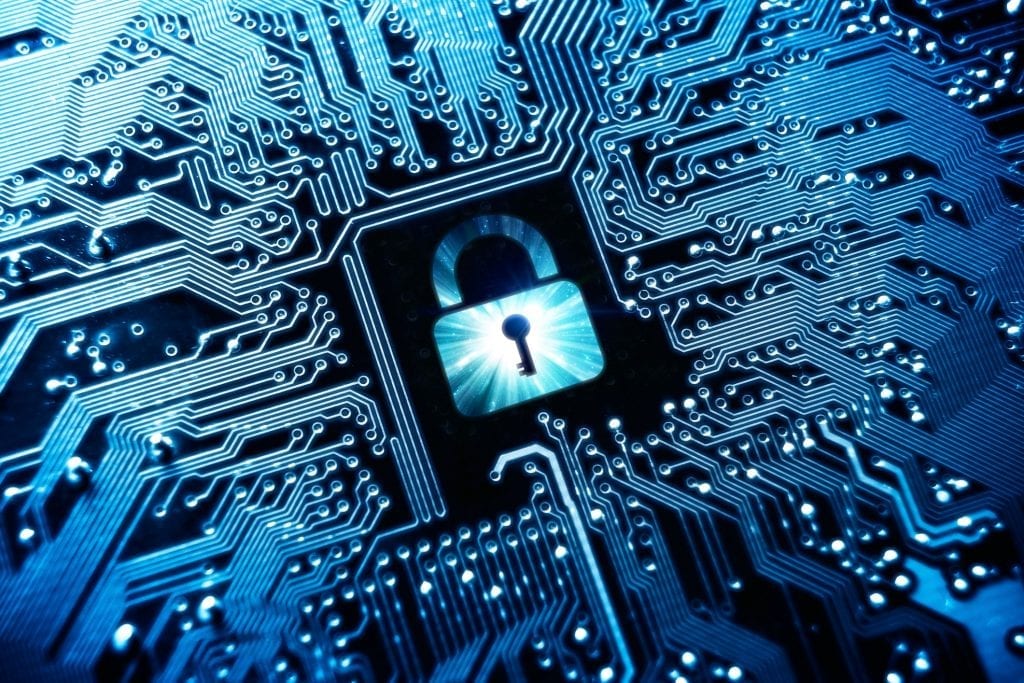Finest Practices for Data Destruction to Strengthen Your Cyber Security Framework
Finest Practices for Data Destruction to Strengthen Your Cyber Security Framework
Blog Article
Just How Correct Data Destruction Adds to Robust Computer System Safety Services and Mitigates Risks of Data Violations
In today's electronic landscape, the relevance of appropriate information destruction can not be overemphasized, as it works as a fundamental component of comprehensive computer security services. By implementing effective data erasure strategies, companies not only shield sensitive details from unapproved access yet also strengthen their compliance with governing frameworks - data destruction. Nonetheless, the ramifications of inadequate information devastation prolong past simple compliance; they can greatly influence an organization's cybersecurity stance and track record. Understanding these measurements elevates vital inquiries about the methods in area and their effectiveness in an age of rising cyber threats.
Value of Information Devastation
In today's electronic landscape, the relevance of data destruction can not be overstated. As organizations increasingly depend on digital possessions, the prospective dangers connected with information violations and unauthorized gain access to magnify. Reliable information damage is an essential element of a detailed details security technique, protecting sensitive information from falling under the hands of harmful actors.
When data is no longer required, merely erasing data or formatting hard disk drives is insufficient. Recurring information can often be recouped making use of easily available devices, posturing substantial dangers to both individuals and companies. This underscores the necessity for durable data destruction techniques that make sure all data is irretrievably removed.
Furthermore, governing conformity mandates, such as GDPR and HIPAA, highlight the responsibility to shield delicate data, including its proper disposal. Non-compliance can bring about serious legal effects and monetary penalties. data destruction. Thus, incorporating effective information destruction methods not only boosts safety but additionally fortifies a company's track record and dependability

Approaches of Secure Data Erasure
Numerous effective approaches of protected information erasure can be employed to guarantee that sensitive info is completely removed from storage space tools. One extensively identified method is information overwriting, which entails replacing existing information with arbitrary patterns multiple times. This technique dramatically reduces the possibilities of information recovery, although it may not work versus advanced forensic techniques.

Physical devastation is also a trustworthy technique, where storage space devices are rendered unusable through shredding, squashing, or incineration. This approach ensures that data can not be recovered by any means but calls for mindful handling of unsafe products.
Last but not least, specialized software program tools developed for safe and secure information erasure give capabilities that abide with different erasure criteria. These tools frequently include attributes like confirmation processes to confirm effective information damage.
Employing these approaches in mix can improve data security and mitigate the threats related to data breaches, making certain that delicate information is not accidentally subjected.
Legal and Compliance Factors To Consider
The techniques employed for safe information erasure not only offer to safeguard delicate information yet also should align with lawful and compliance frameworks controling information protection. Organizations are needed to abide by different regulations, such as the General Data Defense Policy (GDPR), the Wellness Insurance Coverage Transportability and Accountability Act (HIPAA), and the Settlement Card Industry Data Protection Standard (PCI DSS) These guidelines mandate details protocols for information handling and damage, making certain that personal and sensitive information is irretrievably removed when no longer required.
Failing to follow these lawful requirements can lead to substantial fines, consisting of fines and reputational damage. Furthermore, organizations need to keep documents of information destruction processes, demonstrating compliance during audits or investigations. This documents not just shields versus lawful repercussions but likewise reinforces trust with customers and stakeholders, showcasing a commitment to data safety.
Integrating legal and compliance considerations into data destruction practices is necessary for any kind of company. It lessens the danger of data violations and highlights a positive method to safeguarding delicate info, ultimately fostering a culture of safety and security and responsibility throughout the company.
Impact on Cybersecurity Stance
Reliable data damage considerably enhances a company's cybersecurity stance by minimizing the prospective attack surface area for cyber hazards. When delicate data is not properly visit this web-site damaged, it continues to be easily accessible to harmful actors that can exploit this information for unapproved accessibility, identity burglary, or business espionage. By applying robust information damage protocols, companies can efficiently minimize the threat of data violations and improve their overall safety framework.
Moreover, the safe and secure disposal of unnecessary or obsolete data not just safeguards delicate info but likewise aids organizations abide with market laws and criteria. Failure to properly damage data can result in extreme legal consequences and reputational damages, further endangering an organization's cybersecurity position.

Inevitably, focusing on reliable information devastation is necessary for cultivating a durable cybersecurity pose, making sure that companies continue to be attentive versus progressing cyber dangers while securing their important possessions and stakeholders.
Finest Practices for Organizations
Executing best practices for information devastation is vital for organizations aiming to safeguard delicate info and alleviate cybersecurity risks. First and foremost, companies must develop a detailed data destruction plan that details duties and treatments. This plan must adhere to pertinent guidelines, such as GDPR or HIPAA, guaranteeing lawful consistency.
Secondly, it is vital to make use of approved information sanitization methods, consisting of data cleaning, degaussing, and physical destruction, customized to the type of information and storage tool. Employing licensed professionals for information destruction services boosts the reliability of these approaches.
Furthermore, companies should preserve a thorough stock of all information storage space devices, making certain that all obsolete or replaced tools undergoes damage. Routine audits of information destruction methods can aid improve and identify weak points conformity.
Employee training is another important facet, as staff needs to recognize the importance of information devastation and follow established protocols. Lastly, companies need to document all data destruction activities to supply liability and traceability, which can be important during audits or in the event of a breach.
Verdict

One widely acknowledged approach is information overwriting, which involves changing existing data with random patterns multiple times.The approaches employed for safe data erasure not only offer to shield sensitive details however also needs to line up with lawful and conformity structures regulating data defense. These guidelines mandate specific procedures for data taking care of and damage, ensuring that individual and sensitive data is irretrievably gotten rid of when no longer required.
By carrying out robust information devastation procedures, organizations can properly lessen the risk of data violations and improve their overall protection structure.
In conclusion, proper information destruction is vital for improving computer safety and security services and reducing the dangers connected with data breaches. - data destruction
Report this page